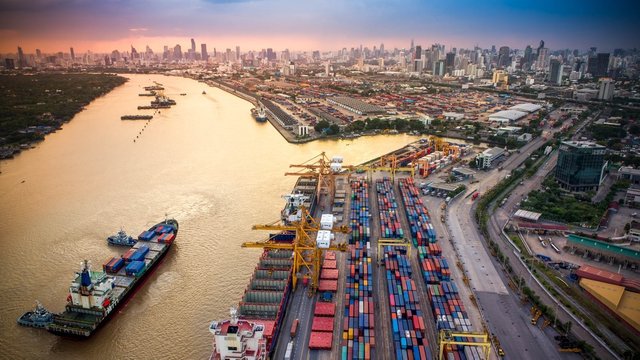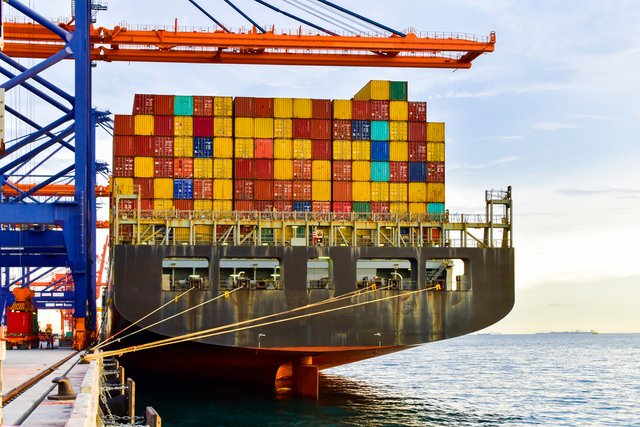The IoT (Internet of Things,) known as the capacity to interface gadgets and articles through a computerized network, is a term that has stopped to be new and has gradually become part of our everyday schedule. IoT's capacities are significantly more remarkable, and every one of our economies has exploited the advantages of these innovation tasks and executives.
With the quick digitization of the transportation and coordination’s (T&L) network, conventional flexibly supply chain operations – being straight and free – is offering a route to an interconnected, open arrangement of gracefully activities: information currently moves from a port's operation power through the terminal administrator, and afterward to the delivery line in a consistent, unique manner. In total, these innovations structure the Internet of Things (IoT), which speaks to an assembly between the physical and computerized universes, at last utilizing information and human-made consciousness (AI) as a wellspring of significant worth.
When taking a gander at the sea business, and port operation specifically, we can see that the benefits of fusing IoT into their tasks for the communication of M2M (machine to machine) in telematics gadgets and sensors have brought about a positive effect. Delivery has perceived that the best technique for what's to come is not, at this point, to organize actual monstrous development yet instead to enhance streams and coordination measures. Given this need, the IoT gives the capacity to the container terminal to control, and screen activities – a significant advance (yet not by any means the only one) inside the greater plan of things.

Pros:
The most evident advantage of the sea IoT application lies in how it can improve and smooth out each part of tasks adrift, at the container terminal and across armada – from vessel following and prescient upkeep to group security and government assistance.
For example, different components, such as motor and hardware segments, payload compartments, armada the board, and associated ports, are being united by locally available sensors and checking gear.
With expanding IoT networks comes tremendous information that you as a delivery chief can extricate bits of knowledge and incentive to settle on information-driven business choices and upgrade tasks at all levels.
IoT empowers transport proprietors and chiefs to manage support by observing shipboard gear and hardware progressively to pinpoint issues and forestall expected disappointments.
Guaranteeing persistent and ideal hardware and gear activity not just decreases exorbitant personal time, it additionally improves team security.

Cons:
What are the drawbacks? The primary concern is that such usage may uncover the ports and associations depending on computerized information assortment to unapproved outer intercessions or cyber-attacks. By the by, huge organizations have perceived that it is essential for the dangers to be moderated. Without these systems shortly, organizations that don't embrace them will lose seriousness.
The Future:
With the world continually turning out to be "more modest," and speed and precision getting essential to clients and administrators, there is not any uncertainty that the Internet of Things is the language of things to come – and it is dependent upon us to knows this language and to figure out how to interpret the data gathered by it to improve the entryway to-entryway flexibly chain, and the activities in the ports specifically.